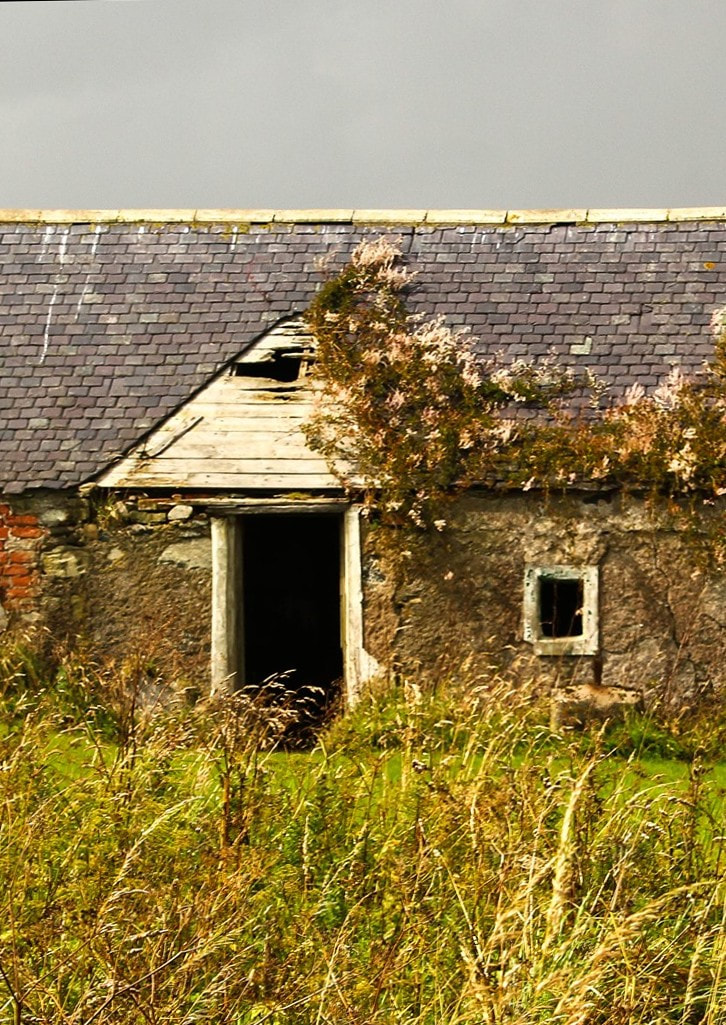|
About Sanners Gow
Return to Library |
Sanners Gow’s historic roots go far back into the North East of Scotland and are told in the voice of an itinerant Tinker who at one time traveled the highways an byways of the braid and bonny Buchan telling tales at hearthstones of peoples who could have been or maybe never were of this world. His legacy has passed down from father to son, to grandson and beyond.
Of the man himself we can only speculate. I like to think of him as the head of his own wee branch of the clan and his surname comes from his occupation – Gow in Gaelic means ‘smith’. Was he other than a wordsmith? Or merely a tinsmith who in passing fashioned tales by oration as deftly as he fashion tin into useful shapes. His forename is an abbreviation of Alexander, a name so popular in his childhood that there was need for many alternatives – Sandy and Saunders being the closest. Sanners offers a specifically Doric variant. Some say he was related, loosely, to Neil Gow the fiddler. But the most important ‘fact’ I believe about Sanners is, that he lived around the time of James Hogg and Robert Burns but was much less known than either the shepherd or ploughman poet. And he did not stick to poesy. Indeed he didn’t write his stories down at all. In his lifetime he told his stories to his family, round the campfire, but during the telling he often spoke of his Monastery of Fable. A place where he would keep all his tales, for eternity. A place he would go when the cares of this world became too great for him. A mind cave perhaps. He did not die of a broken heart. He lived with a broken heart. This is another story entirely, and one which we may, or may not, pick from the treasures of the stories written down from memory by his son and then ‘convertit’ into print form by his great great grandson, as legacy for his own sons and those to come after who are not even conceived. The Monastery of Fable thus becomes a ‘real’ place once more. Sanners lived in the world and apart from the world. He had little time for standard notions of religion, and his construction of the Monastery of Fable, an idea which perhaps came to him as he spent time in the ruins of Deer Abbey, and various other sites where he went to tell his stories, was in some senses a deliberate attempt to subvert such concepts. It also speaks, perhaps, of his sense of loneliness in his creative process, at times when there was no family to share his stories. Because Sanners knew that stories have a life in the relationship between the writer and the reader, and the best stories live in a space which cannot be bounded by the walls of words. Thus the Monastery of Fable is a spatial and temporal flibbertigibbert – a place outside of ‘reality’ and to be grasped at, or clutched to the open heart, beyond the limitations of the text. At least, that’s how I see him. But I only know the smallest part of his story, or indeed his history – fact, fiction and/or fable. |


